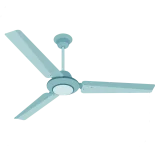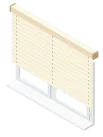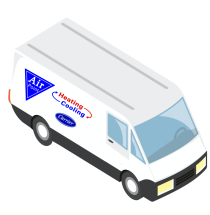
Whether you are considering upgrading your cooling equipment or need a repair, this guide will help you make smart and informed decisions. This guide will advise you on how to save energy and keep your air conditioner running smoothly and efficiently all season long.
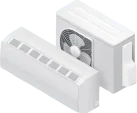
Follow these recommendations to choose the best size air conditioner for your home to optimize it’s energy efficiency and lifespan.
Tip: A licensed technician should measure the size of your new air conditioner to avoid issues with humidity and temperature imbalance post install.
Central air conditioning is the most common method of cooling a home. Typically, a condenser unit sits outside your home and removes heat, while an evaporator coil sits above your furnace to cool your home’s air. A central air conditioner is linked to your furnace, and as a result, benefits from air purifying equipment such as furnace filters which further improves air quality.
Through the ductwork of your home, a central air conditioner pulls warm air in through your furnace or air handler. Cooling occurs when the air is blown across the evaporator coil, located generally above your furnace. Then, through the coil, heat is absorbed by refrigerant which is then pumped to the air conditioner’s condensor located outside of the home. By releasing this heat into the outside air, the condenser cools the refrigerant, which is then pumped inside the home to begin the cycle again.
In addition to cooling specific rooms, central air conditioners also cool the entire house, all while being more cost-effective than ductless systems.In addition to reducing your home’s humidity levels, central systems dehumidify the air, preventing mold growth and creating a healthier environment. By reducing your home’s humidity levels, central systems dehumidify the air, preventing mold growth and creating a healthier environment.
Tip: If you already have a furnace in your home, a split-system air conditioner is an efficient and cost-effective central cooling system.
Air is distributed through this type of system without using ductwork. A ductless system is typically used in older homes that lack the ductwork required for a central system. Ductless mini split systems consist of an outdoor unit and an indoor unit connected by refrigerant tubing and electrical wiring. Heat or cool air is delivered directly into the living space via a wall-mounted indoor unit – no ductwork is required.
In a ductless system, there is an indoor unit and an outdoor unit. An indoor unit has an evaporator coil and a blower fan, and an outdoor unit has a compressor, condenser coil and a fan. Chemical refrigerant is pumped through refrigerant tubing from the outdoor compressor unit to the indoor unit’s coil. Cooler and less humid air is then blown into the living space through the liquid refrigerant
Installing a ductless air conditioner is simple, requiring only a small hole in the wall to connect the indoor unit to the compressor unit outside. Whether it’s hot or cold outside, ductless heat pump systems provide year-round comfort regardless of the weather. The compressor that controls the ductless outdoor units operate on lower-speed, longer, and quieter comfort cycles. You can control air quality as well as temperature with Ductless.
Tip: If you already have a furnace in your home, a split-system air conditioner is an efficient and cost-effective central cooling system.
Window AC Systems are smaller air conditioning units that are placed inside an open window frame. These systems cool the room they are installed in through two air cycles. By running warm air over an evaporator coil, a window AC cools it and blows it back into the home. In turn, the absorbed heat is transmitted to the condenser coil, where it is expelled outside.
A window air conditioner’s compressor begins working as soon as the blower kicks in. When the compressor starts, the cooling coil starts to cool. Blowers draw in hot, dusty air from a room and send it through an air filter, which separates it from the other particles. The coil absorbs the heat, which removes moisture from the air, keeping temperature and humidity levels low.
As well as being relatively affordable to purchase, window AC systems are also very affordable to run on a monthly basis. Almost all window air conditioners have a great energy efficiency ratio (EER), which tells you the cooling to energy consumed ratio. The installation process is straight-forward and can easily be installed without a professional. Window systems don’t take up much square footage if you live in a smaller home or want to call a small home.
Heat pumps are another variation of the air conditioners described above. Heat pumps move heat in either direction, unlike an air conditioner, which moves heat in only one direction, out. In addition to being an air conditioner, it also functions as a heater, so you can use it all year without having to turn on the furnace.
Heat pumps work with furnaces and run on electricity. In the summer, the heat pump functions like an air conditioner to cool the house while in the Winter, the heat pump reverses this process to pull heat from the outside air and bring it inside. When the outside temperature is too cold for your heat pump to work efficiently, your furnace will take over.
The combustion of natural gas in a heat pump produces fewer emissions of CO2 than the combustion of electricity. Your home’s CO2 emissions will be reduced since you’ll be using your furnace less. Heat pumps are more efficient in milder weather, thereby reducing your utility bills. You can heat your home with natural gas or electricity without being affected by an increase in natural gas prices. The temperature in your home will be more even and the furnace will run continuously instead of in stages
Tip: Central air conditioners are rated for energy efficiency based on the seasonal energy efficiency ratio (SEER). If the SEER value is higher, the system will be more efficient.
To make the right decision to buy or rent your cooling system, ensure you know what equipment you’re purchasing, total cost of ownership and maintenance requirements.
Tip: You can be sure you’re choosing an energy efficient air conditioner by first checking whether it’s ENERGY STAR® rated.
Whether you decide to rent or buy, a high-quality installation is essential to the performance of your new system. The company that you choose should follow these steps to ensure optimal performance.

Before choosing the right air conditioner you, a reputable installer should assess your preferences and needs, as well as the technical aspects of your home.

If your installer recommends the wrong system for your home, an oversized furnace is more costly and an undersized furnace fails to provide adequate heating.

It is essential that the installer provides you with a flexible selection of the newest technologies, models, and brands that are suitable for your needs.
Following your decision on who to hire and whether to buy or rent, you need to know what to expect next and how to prepare yourself for the installation.
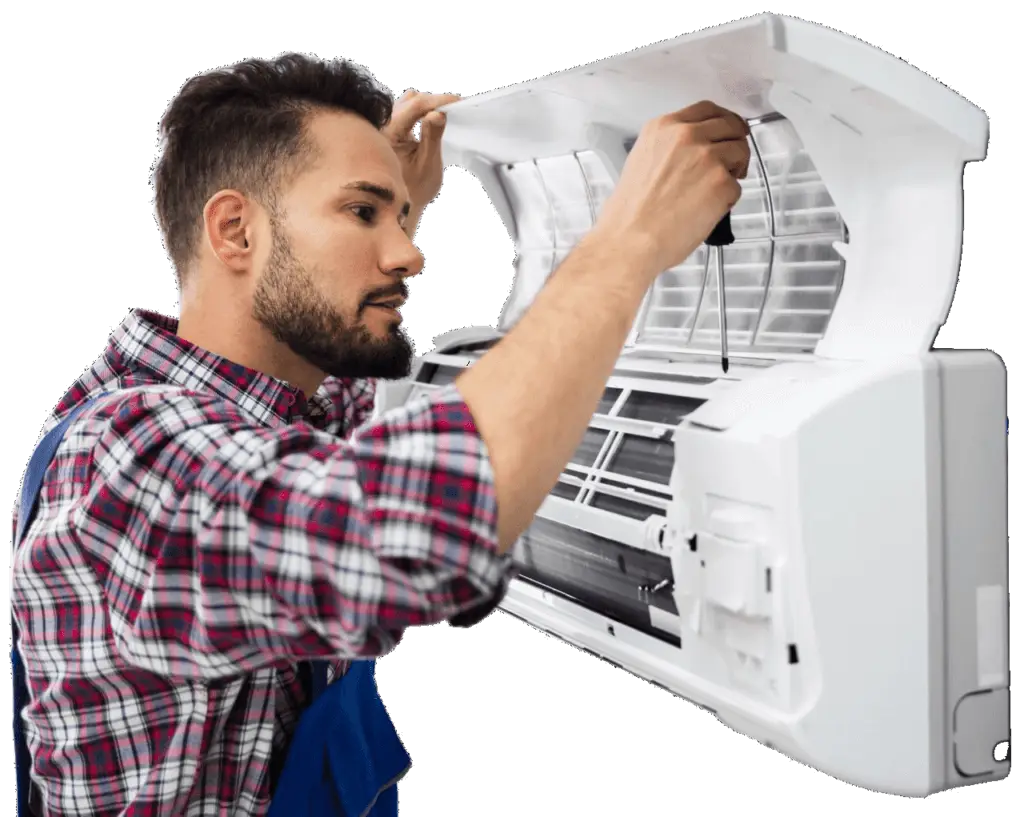
You should make sure that the furnace room and any other work areas are clean, clutter-free, and well lit before you begin the installation. Kids and pets should not be allowed near the work area.
When the technicians arrive, they should wear booties over their shoes to protect your home. Additional carpet and floor protection may be needed.
Upon completion of around 2 hours, the crew will test the new system to ensure proper function. After that, they remove the old furnace, all parts and packaging, and clean up completely.
It is recommended that you consider the minimum efficiency reporting value (MERV) of 7 when choosing a filter for your home, which determines how well the filter will capture airborne particles.
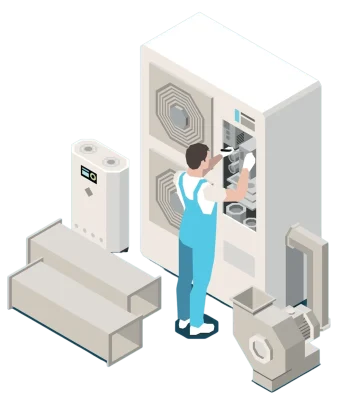
An air conditioner filter acts as a barrier to trap dust, dirt, and other particles from the air that circulate through the HVAC system. This not only improves the indoor air quality but also helps to prolong the lifespan of the air conditioner itself.
Properly installed and maintained air conditioner filters can also help to remove allergens, pollutants, and other harmful contaminants from the air. This can help to alleviate symptoms of allergies and other respiratory conditions.
Regularly replacing your air conditioner filters can also help to reduce the buildup of allergens in your home, particularly during allergy season. This can help to alleviate symptoms and make your home a healthier place to live.
Tip: Replace your filters at least once a month, if not more often for optimal efficiency.

You should make sure that the furnace room and any other work areas are clean, clutter-free, and well lit before you begin the installation. Kids and pets should not be allowed near the work area.
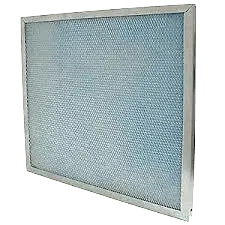
When the technicians arrive, they should wear booties over their shoes to protect your home. Additional carpet and floor protection may be needed.
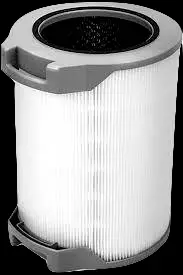
Upon completion of around 2 hours, the crew will test the new system to ensure proper function. After that, they remove the old furnace, all parts and packaging, and clean up completely.
You should consider the minimum efficiency reporting value (MERV) of the filter when choosing the right air filter for your home, which determines how well the filter will capture airborne particles. It is recommended that you select an air filter with at least a MERV rating of 7. Replace your filters at least once a month, if not more often for optimal efficiency.
A good air filter may help you or someone in your home who frequently suffers from seasonal allergies or airborne allergens. Replace your filters at least once a month, if not more often for optimal efficiency.
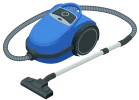




Prior to hiring a contractor, it is highly recommended that you conduct research on the company. Consider the following:







The ducts and vents in your home should be thoroughly cleaned by a professional and reputable duct cleaning company. If you’v recently finished renovations or haven’t had your ducts cleaned in over a year, it is time to clean them.
Tip: You can be sure you’re choosing an energy efficient furnace by first checking whether it’s ENERGY STAR® rated.





